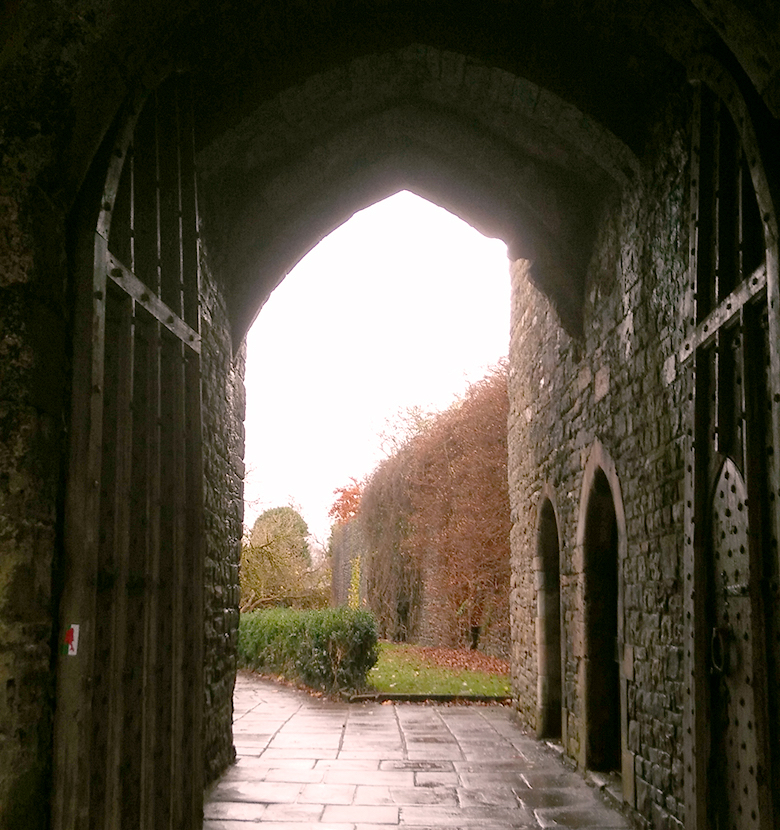Welcome to the Bishop’s Palace in Llandaff: a peaceful little ruin to relax and think about space and stuff.

These are the ruins of the Bishop’s Palace in Llandaff, dating back to the thirteenth century. Once a stately manor, it had been destroyed in centuries past. It has since been turned into a park of a tranquil disposition. It is on the Llandaff High Street, just down the road from the Llandaff Cathedral School which the famed author Roald Dahl attended.

Upon what is left of the walls of the former Great Hall of the manor, are a pair of large holes. Presumably, these holes might have been windows, doorways, or even a pair of balconies. It is below these holes that lie my place of interest.

A bench, dedicated to a Mr. Norman Cunningham, sits at the site of the Great Hall’s cellar. Sitting on this bench one can simply close their eyes and relax while listening to the wind. Or a drizzle; this is Wales after all.
When I came here and sat down on Mr. Cunningham’s bench, I was so relaxed that I got busy thinking about such far-fetched concepts like the Kardashev Scale and the Fermi Paradox, as one often does. Just as I got comfy, however, the heavens opened, and I was left scurrying for shelter under the large gatehouse that marks the entrance to this little patch of tranquil.

Once the showers subsided, I got to thinking about Mr. Cunningham. As it turns out, there is not all that much information about him out there, as all I could find was an obituary. His full name was Norman Howard Cunningham, and he died on February 26th, 2017 at the University Hospital of Wales, at the grand old age of 89.

As for the rest of this manor, it was likely built in circa 1266, as the gatehouse architecturally resembles Caerphilly Castle. It was abandoned and left to ruin after an attack by Owain Glyndwr (according to legend) during the rebellion of 1402-1405, upon which the Bishop moved to Mathern Palace in Monmouthshire. A plan by John Speed shows that the manor was intact in 1610 but was likely destroyed during the English Civil War in the mid-1600s. The Bishop returned to Llandaff in 1850 and did some small repairs, but nothing substantial. It was finally given to the Cardiff City Council in 1971 who turned it into the park we have now.

I like this place. And if anyone else were to stumble into this park while following Roald Dahl’s childhood like I did, then they will too.
